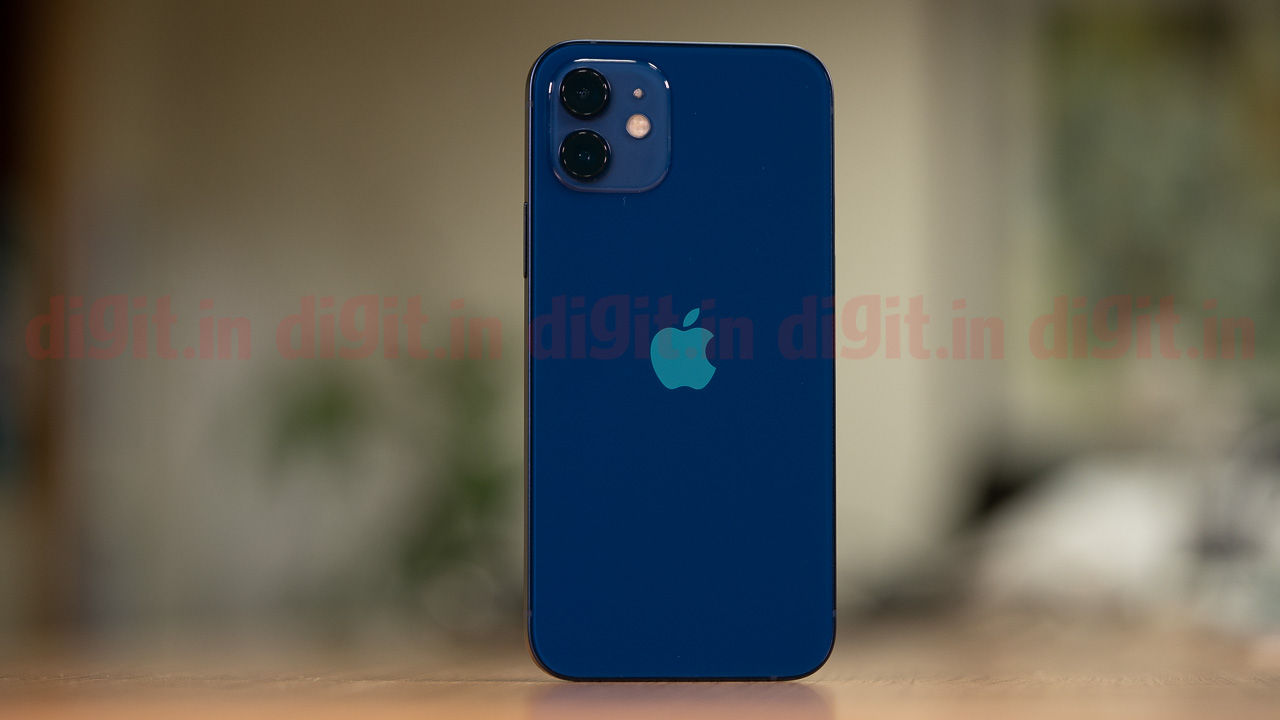There’s no doubt that 2020 has been a turmoil of a year for everyone, individuals and companies alike. We started hearing around March that Apple’s iPhone 12 series would be delayed due to the cascading impact of the COVID-19 pandemic. Well, the delay wasn’t too long, and of the four, we have the iPhone 12 in for review. This is, in my opinion, the most value for money iPhone from the 12-series lineup, but ill get into that at the end of this review. For now, let’s examine what you get, what works, and what Apple could have done better.
Apple iPhone 12 Specifications and Features
If you consider the non-Pro iPhones from the past two years, you realise that this year’s iPhone 12 is the most significant update in terms of hardware features. This time, instead of a 720p IPS-LCD panel that we saw on the iPhone 11, you get a Super Retina XDR OLED panel. This panel supports both HDR10 and Dolby Vision content playback, and if there’s anything we’ve learned so far, its that content is best enjoyed in HDR. Additionally, the phone is powered by Apple’s 5nm-based A14 Bionic, with no tweaks implemented to lower its performance in comparison to the Pro models. Where there is a difference is in the amount of RAM, which is 4GB for the iPhone 12 vs 6GB on the Pro models, not that you’re going to notice the difference. On the back, you get a dual 12-megapixel camera set with a wide-angle and ultra-wide-angle lens. Both the cameras support Apple’s Deep Fusion technology, along with Smart HDR3.
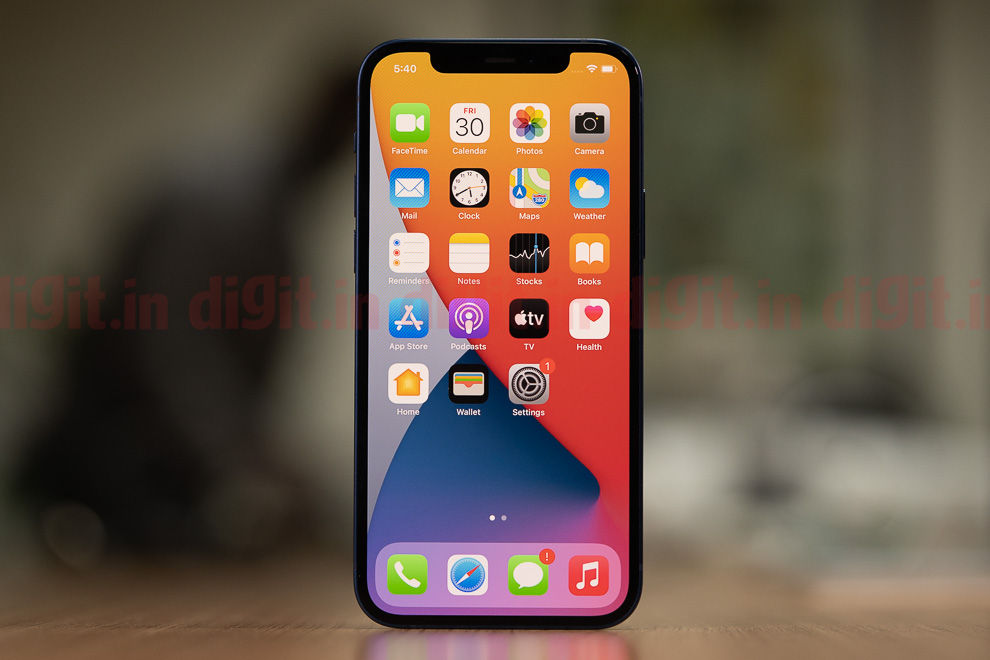
Apple iPhone 12 Performance
The A14 Bionic shifts to the 5nm process this year, and every time the node shrinks, we see improvements to performance and battery life. Couple that with Apple’s extreme control over iOS, you can pretty much expect butter smooth performance for whatever it is you do. Irrespective of whether you’re going to be gaming on the device, editing photos or videos on it, or maybe you just want to use it as a device to run your work-life off of. Let’s put some numbers behind this claim, shall we?
When it comes to synthetic benchmarks, the iPhone 12 showed some very interesting behaviour. While the iPhone 12 pulls ahead of the Android competition by a notable margin, it fell behind last year’s iPhone 11 Pro (Review) when it comes to some numbers. Interestingly, the storage on the iPhone 12 is the fastest we’ve tested when it comes to sequential read-write operations, but when considering random read-writes, it posts a surprisingly low score for random write operations.
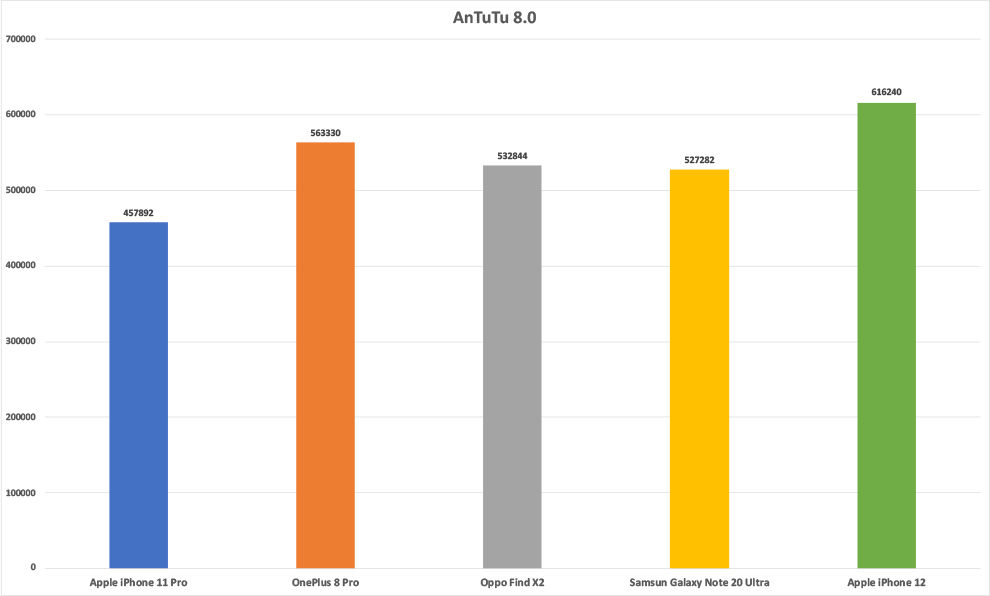
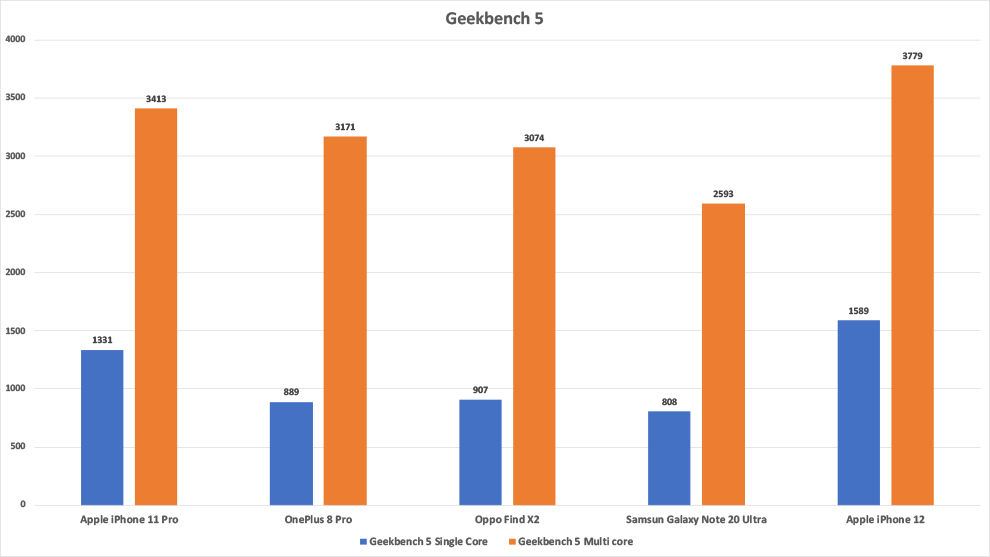
While the GPU benchmarks find the iPhone 12 trail a little behind last year’s iPhone 11 Pro, real-life usage was a whole different ball game. Using Gamebench to record gameplay metrics, we tested a number of titles such as Call of Duty Mobile, Shinsekai, Injustice 2, Shadowgun Legends and a few of those ever-so-popular endless runners. Gamebench reports that CoD Mobile and Shinsekai both achieve a frame rate of 59 FPS, with a stability of 98 percent for CoD Mobile and 97 percent for Shinsekai. Do note that the iPhone 12 only has a 60Hz display, so frame rates higher than that should even be expected.
Honestly, there’s very little point talking about the iPhone 12’s “performance.” If there’s anything we’ve learned year after year with iPhones, its that they set the bar not just for raw performance, but also the elegance in user experience. At home, a family member uses the original iPhone SE as her primary phone and finds no reason to complain about it, save for the battery life, which can be forgiven seeing how it is a four-year-old phone which has never had its battery changed. When it comes to performance, Apple has been really pummelling Android, thanks to iOS updates that support devices going as far back as five years, and keeps them running well. Needless to say, the iPhone 12 won’t let you down in the month or year from the day you buy it.
Apple iPhone 12 Camera Review
To be honest, I was all but expecting Apple to jump onto the Pixel-Binning party like every Android smartphone out there. I totally expected Apple to go with a 48MP large sensor on this year’s iPhones, but maybe not advertise it as such. Turns out, none of that has happened. Instead, Apple has improved significantly on their Image Signal Processing pipeline, their Smart HDR algorithm and of course, also Deep Fusion. What’s even better is that Apple is bringing all the software muscle to all cameras this time, front and back, and not limiting it to just the primary camera like on the iPhone 11 Pro. In terms of specs, the primary camera has a 12-megapixel resolution, a 7-element lens and an aperture of f/1.6. The ultra-wide camera also has a resolution of 12 megapixels with a 13mm lens sporting an aperture of f/2.4. The front-facing 12-megapixel camera has an aperture of f/2.2, and also supports Smart HDR3, Deep Fusion and Night Mode. Enough specs, let’s get down to samples!
All sample below have been resized for the web, but you can view the full resolution, straight out of camera samples in our Flickr Gallery.
The day time shots from both the primary and ultra-wide camera now finally look a near-identical in terms of their colour attributes. No more will the same frame look far too different in terms of its dynamic range, colour tones, white balance and contrast. Speaking of wide-angle, if positioned right, it has surprisingly little barrel distortion, especially for a 13mm lens.
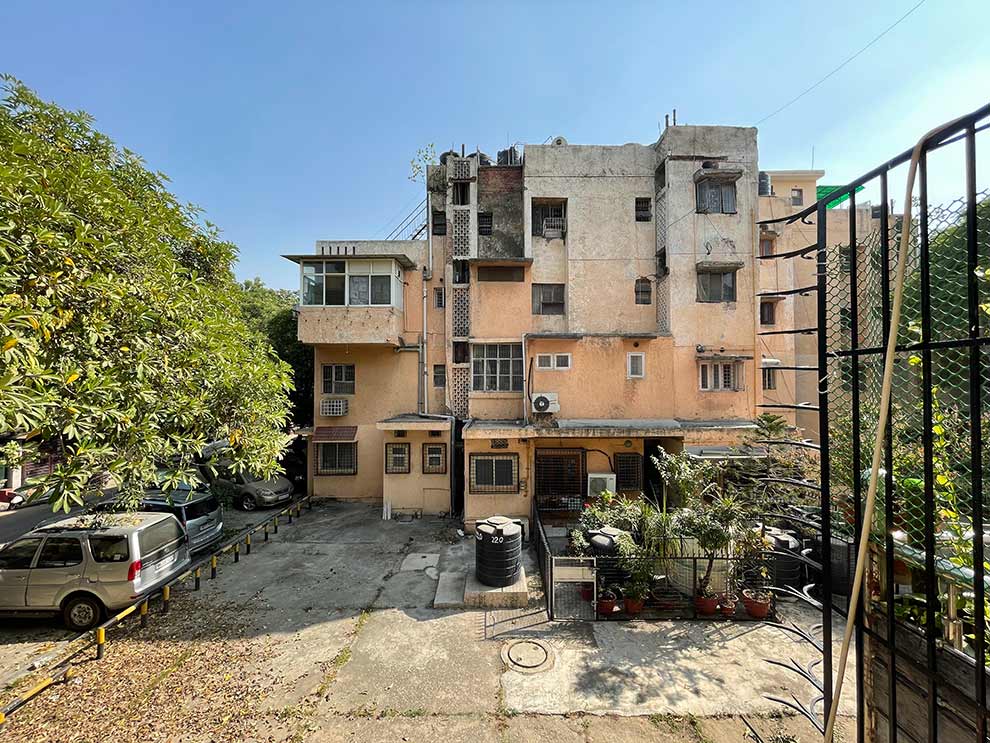
Let’s move from daytime to indoor lighting conditions, and once again, the two cameras perform admirably well. The primary camera is quick to focus on subjects near and far, while the ultra-wide camera, sadly, still lacks AF. Despite that, as long as you’re taking shots of things far away, this won’t be an issue. The samples below illustrate the fact that the iPhone 12’s camera is just as good indoors as it is outdoors in the day time.
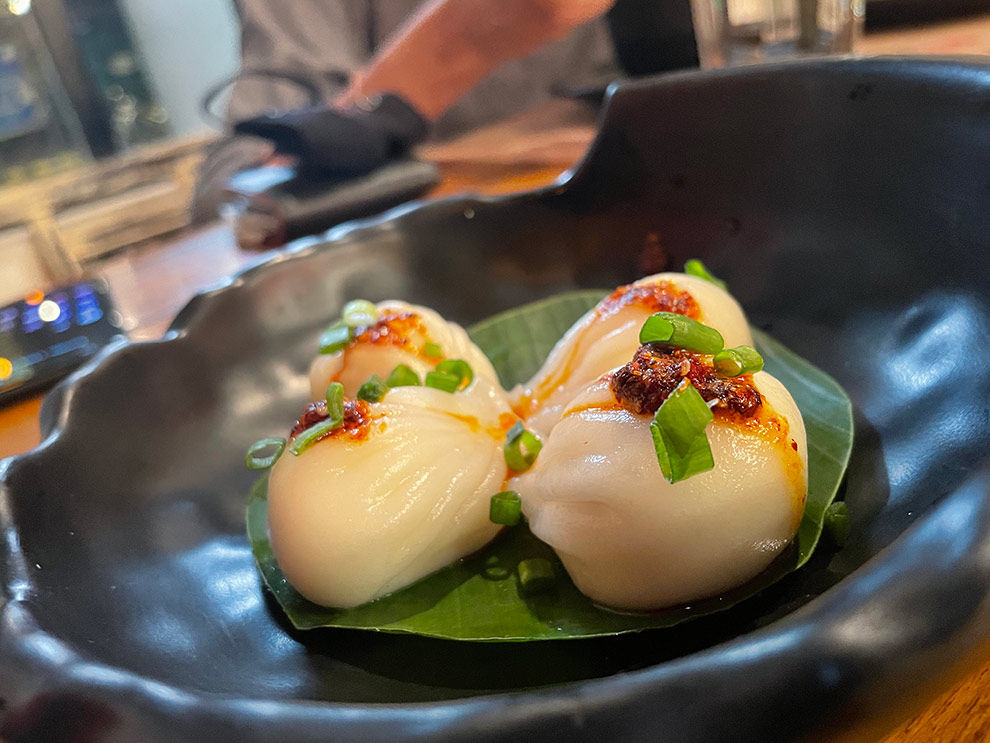

Lastly, we’ve got the low light performance. The iPhone 11 Pro was already stellar at taking low light shots from its primary camera, but now, that ability is extended to iPhone 12’s primary and even ultra-wide camera. While the samples below prove that the iPhone 12 takes stellar low light photos, the ultra-wide lens does exhibit visible vignetting around the edges, along with a loss in sharpness in the same areas. This is typical of ultra-wide camera lenses.
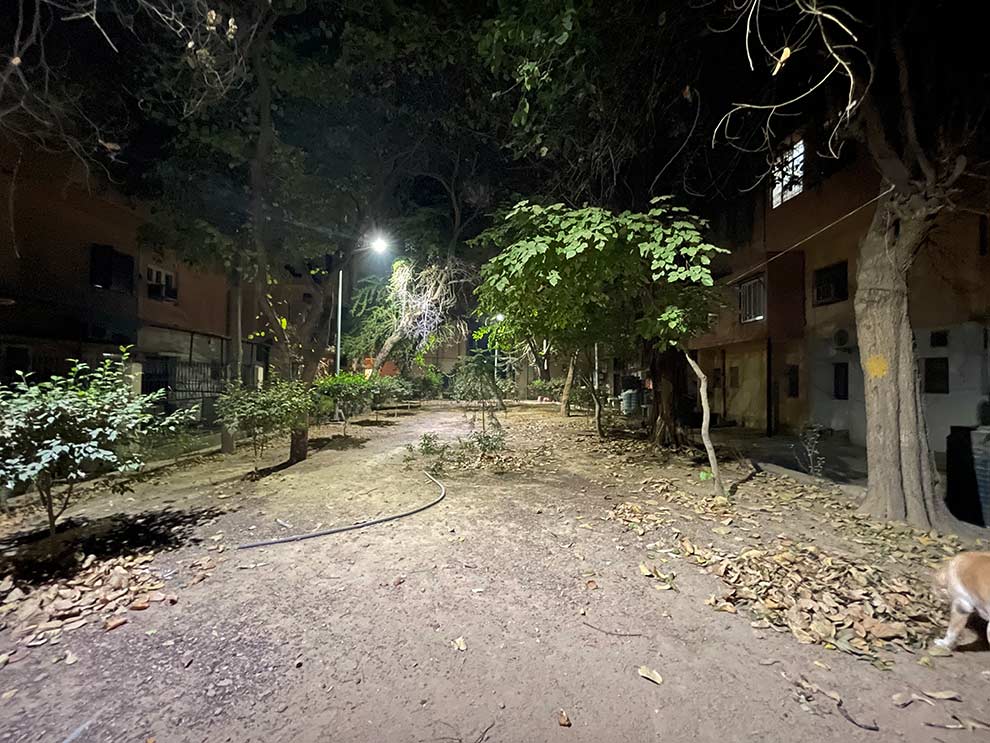
Where the Apple iPhone 12 really excels past every single smartphone in the market is the fact that it is capable of shoot 4K video at 30fps in Dolby Vision HDR. You get Dolby Vision HDR video out of all three cameras, the two on the rear and even the front one. As far as dynamic range and colour go, there really is no competing with the output of the iPhone 12, however, there is a catch. You can enjoy the high fidelity Dolby Vision content only on an iPhone or a device that’s Dolby Vision capable. If you try to upload the video to Instagram or Facebook, you’re going to get brightness and colours that are completely off. That’s because the apps have not yet been updated to handle the Dolby Vision HDR content from the iPhone 12. They cannot yet correctly regrade Dolby Vision colour pace to the sRGB one. The best workaround, for now, is to disable shooting in HDR, which thankfully, is an option.

Apple iPhone 12 Display
The 6.1-inch XDR OLED panel on the iPhone 12 is a thing of beauty, and perhaps the biggest upgrade to the non-Pro model. There was a lot of hope for a high refresh rate display, but the iPhone 12’s display is still set to 60Hz. The way Apple has optimised the animations in iOS is commendable, offering an extremely smooth experience. Honestly, after having used multiple Android flagships throughout the year with high refresh rate panels, the iPhone 12’s panel doesn’t feel like a downgrade. In any case, games run only at 60fps on the iPhone 12, so a lower refresh rate is totally fine as a means of preserving battery life.
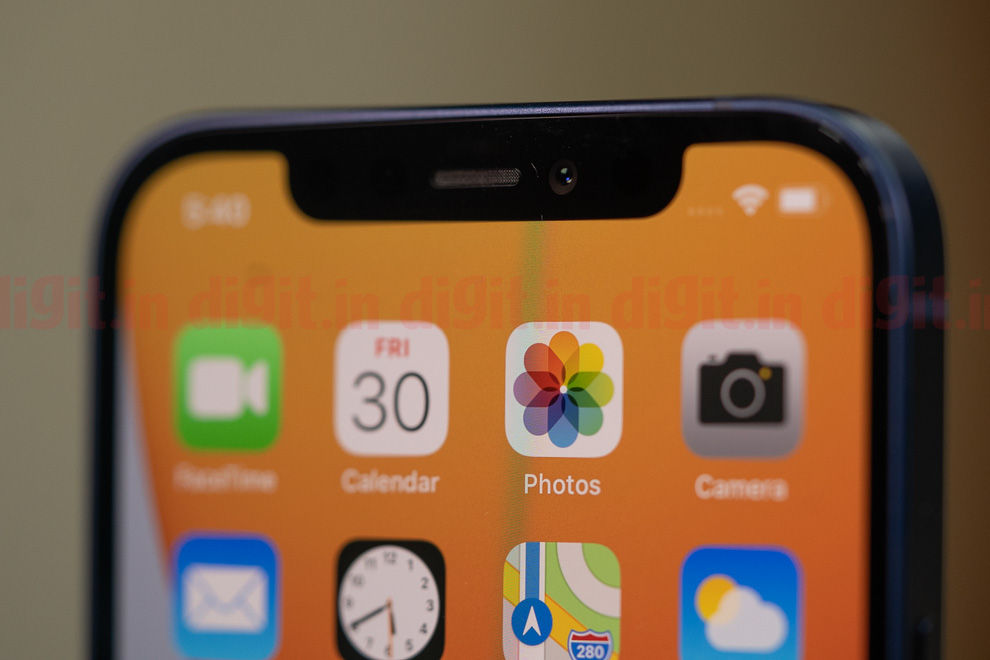
The display has a peak brightness of roughly 615 nits as we measured it, which makes it adequately bright to use in bright daylight, even if it’s to watch videos. If you’re watching HDR content, then the panel is capable of going all the way up to 1200nits in specific areas of the display for being able to correctly display the content. Honestly, the iPhone display may not have a high refresh rate, but it is far superior in its colour reproduction and peak brightness in comparison to what the Android ecosystem has to offer.
Apple iPhone 12 Battery Life
The Apple iPhone 12 has a rather small 2850mAh battery, far smaller than what Android smartphones have to offer. It also chargers slower than most smartphones out there, supporting just 20W over the cable and 15W over wireless. On our offline video loop test, the phone lasted a little over seven hours, an admirable number for sure. An hour of navigation costs the phone 7 percentage points (when the phone is charged to 100 percent). Each round of CoD Mobile’s team deathmatch eats up anywhere between 5-8 percent battery life as well.
I was using the iPhone 12 as my primary device for well over a week and getting a consistent screen on time of about 4 hours and 30 minutes, and the battery lasted from morning to night. On some days where my usage was higher than normal, like weekends where there were less phone calls and a lot more of YouTube and Netflix, the phone was in the need of a top-up a lot sooner. If you’re not glued to your smartphone like most tech journalists tend to be, constantly browsing through Twitter and other social media platforms, then you’re going to get just enough battery life to get through the day.
Apple iPhone 12 Build and Design
The iPhone 12 adopts a design that’s an evolution of the original iPhone 5 is something users are going to like. The flat edges make the phone easier to grip thanks to the increased surface area. The edges are sharp, but don’t dig into the hand or feel uncomfortable. And additional bonus with the iPhone 12 is that it too uses the Ceramic Shield glass just like the Pro variants, making it more resilient to drops. Its not a feature we’ve tested and neither are we eager to. Sound advice woud be to purchase a decent protective case for the iPhone 12, maybe a clear TPU case so that you can show off it colours while giving it some protection as well. The iPhone 12 continues to come with an iP68 rating, offering robust water and dust resistance. The iPhone 12’s design sense remains largely unchanged, with the volume buttons placed on th frame left and the power button frame right. Ergonomically, the iPhone 12 follows the same principles as its predecessors.
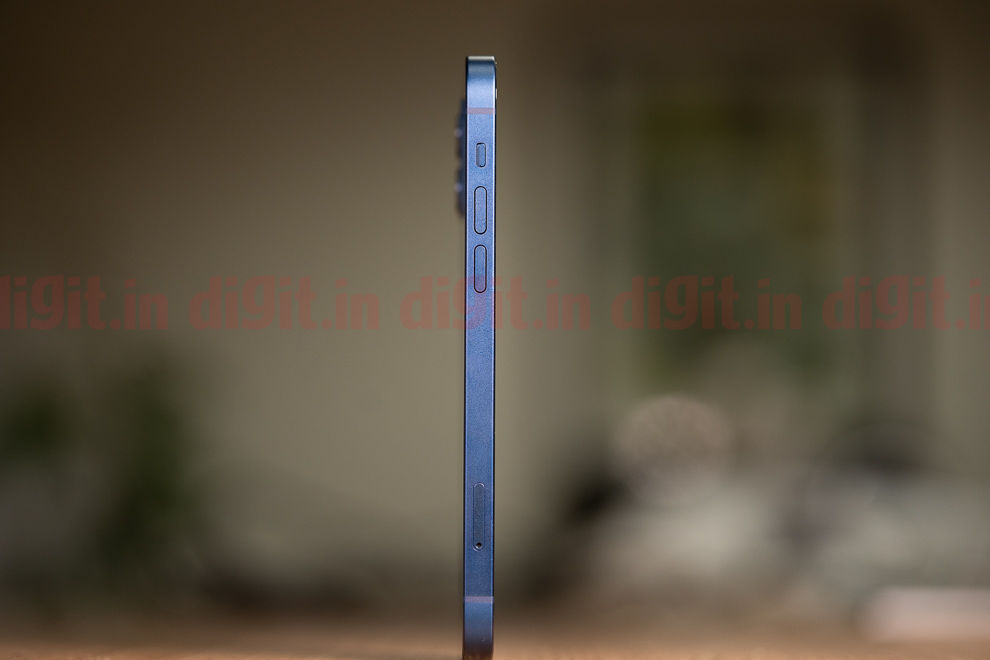
Where things do get interesting is with the introduction of MagSage. This time around, Apple has placed magnets into the back of the iPhone in a circular pattern, so aid with error-free wireless charging. Apple says that by using MagSafe, users who do opt for wireless charging will get a reliable wireless charging experience as it eliminates the possibility of coil misalignment. The cool thing is that despite the addition of the magnets, there’s been no increase in the general thickness of the phone.
Verdict
The Apple iPhone 12 is the most significant upgrade from a previous generation device, especially when you consider what the non-Pro iPhone from last two years have been like. This time around, Apple’s decided to throw in all the right features, eliminating the feeling that was a phone that “cut corners.” You get the stellar A14 chip, a gorgeous OLED display capable of reproducing Dolby Vision compliant colours in all their glory. You get a dual camera system which houses all the software-based bells and whistles found on the Pro versions of the iPhone 12. For a starting price of Rs 79,900, you get almost every feature of the iPhone 12 Pro, save for the telephoto lens, the LiDAR sensor and slightly lower RAM. That also explains the significantly lower price tag in comparison to the iPhone 12 Pro. For all intents and purposes, the iPhone 12 is the defacto choice. It might be a little pricey compared to the Android counterpart, but is unmatched in its consistency and longevity.
Fuente: Digit
